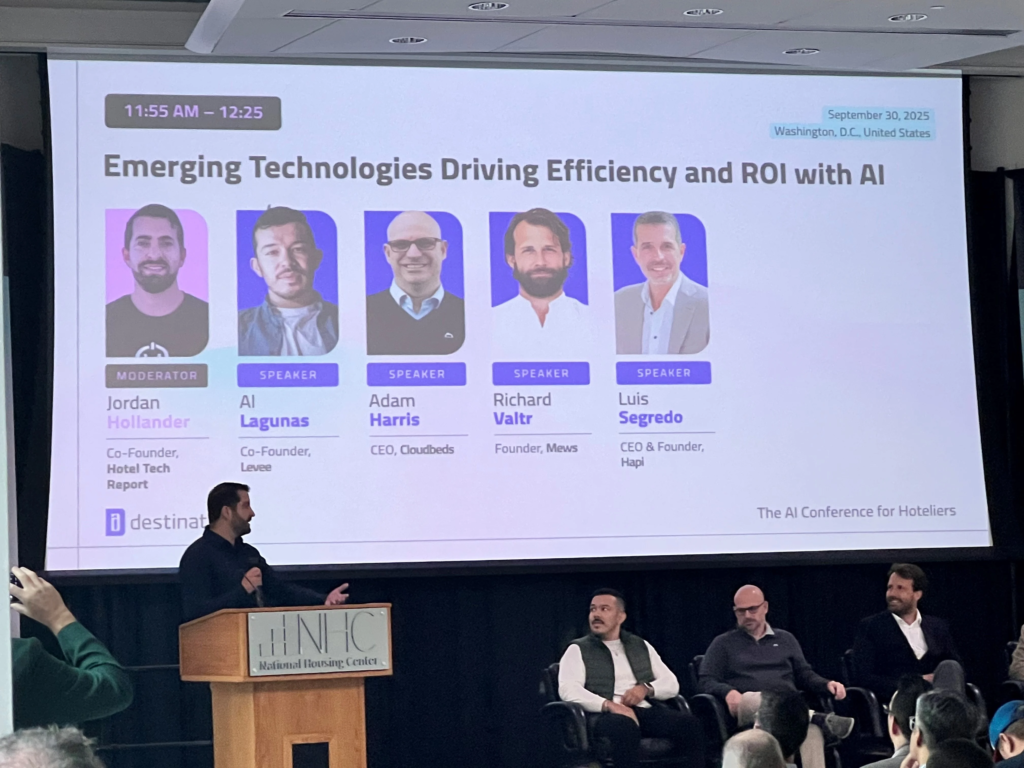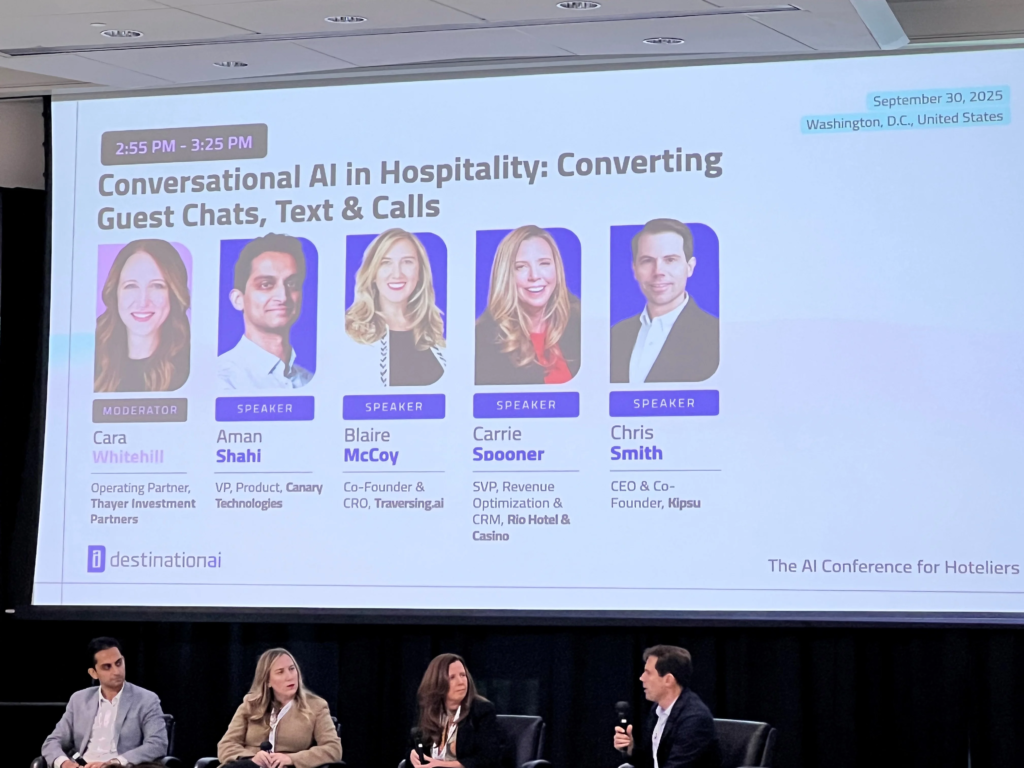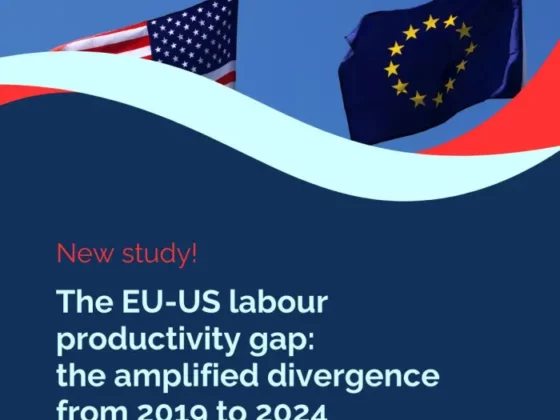At Destination AI, one theme rose above the rest: if you want to compete in the next era of hospitality, you can’t keep tinkering at the edges. Fragmented “AI islands” aren’t enough. The path forward is a unified AI backbone—a strategy that connects your PMS, CRM, GMS, and distribution systems into a single intelligence layer. Without it, you’re only adding noise while OTAs continue to own the guest relationship.
1. Stop Thinking Incrementally
This isn’t about slapping AI on top of your stack. It’s a fundamental rethink, the same way the internet or mobile once forced you to change everything. If you’re only layering point solutions, you’re falling behind. Your mandate is to design for the long term—a system that scales, integrates, and unlocks real guest personalization and operational efficiency.
2. Focus Your Strategy, Not Your Tool Count
Your biggest barrier isn’t technology. It’s the lack of alignment inside your organization. Right now, you probably see “bottom-up chaos”—teams using ChatGPT here, Copilot there, without a shared definition of what AI even means for your business. That’s wasted energy.
Instead, narrow down two- five business problems that matter most to your P&L, align leadership around them, and ignore the rest. Tools should serve strategy, not drive it.

3. Demand Tangible ROI
AI has to earn its place, and you should expect it to deliver where it counts. In revenue management, fully agentic systems are already outperforming the human-plus-rules approach in forecasting and yield. In talent and hiring, you can cut time-to-hire, deflect routine front desk calls, and streamline workflows. On the operations side, conversational and video-based agents finally put computing power into the hands of your frontline staff who’ve never had it before. And commercially, hotels that deploy AI trip-planning agents on their own sites have lifted conversions by an impressive 56%. If you’re going to commit to AI, insist on results this concrete.
4. Reclaim Your Guests from OTAs
Ask yourself: who really owns the guest relationship today—you or the third party booking site your guest goes to when planning a trip? Destination AI made it clear: the only way to win it back is through Agentic Hotel Distribution. That means surfacing your inventory directly, with AI-native infrastructure and structured data, so guests book with you, not through intermediaries draining your margins.
5. Redesign Work, Don’t Eliminate People
AI won’t replace your people, but it will replace tasks. The future is about moving staff off the phone and into more face-to-face service. If you manage that transition well, you’ll actually deepen the human side of hospitality. But you need to get ahead of it with role redesign and retraining—otherwise disruption will do more harm than good.

6. Treat Security as Non-Negotiable
One of the biggest warnings from the summit: attackers are scaling AI faster than most defenders. Blocked phishing jumped from 350k a month to over 60M. Add in deepfakes and voice cloning, and the risk isn’t hypothetical.
If you’re rolling out AI without guardrails, governance, and authentication, you’re not just putting data at risk—you’re putting guest trust on the line.
Where This Leaves You
Destination AI underscored a hard truth: fragmented tools won’t get you there. To compete with OTAs, deliver real personalization, and run a more efficient operation, you need a deliberate AI backbone—one that aligns leadership, focuses on a few critical outcomes, and secures the trust of your guests. This isn’t about dabbling. It’s about making choices now that will define whether you lead or follow in the next chapter of hospitality.

 John Owens
John Owens



